There are generally eight basic strokes: horizontal strokes, vertical strokes, strokes, strokes, stipples, hook strokes, pick strokes and fold strokes.
Divided from the direction of writing, horizontal strokes, pinch strokes, pick strokes, etc. are written from left to right, which are called horizontal strokes; vertical strokes, strokes, etc. are written from top to bottom, which are called vertical strokes; dot paintings, hook strokes, folding strokes, etc. Either from left to right, or from top to bottom, it is called non-directional strokes.
Divided from the length of the strokes, horizontal, vertical, skimming, nipping, picking and folding are longer and are called long strokes; stipple and hook are shorter and are called short strokes.
But this is only a rough distinction, and the actual situation is more complicated.
You can add Xiaomo WeChat to learn strokes and practice calligraphy

You must carefully study these subtle changes when writing to get twice the result with half the effort.
1. Horizontal drawing
long horizontal
Pause and then go right. When you reach the end of the pen, pick up the pen and then pause to the right.
Reference fonts: one, six, ten thousand
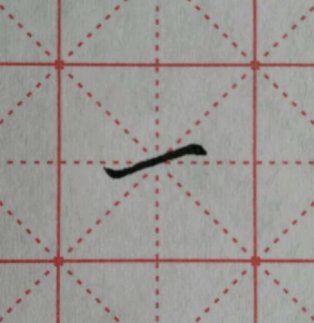
2. Short horizontal
The pen method is the same as long and horizontal
Reference fonts: Gong, Qian, Wang
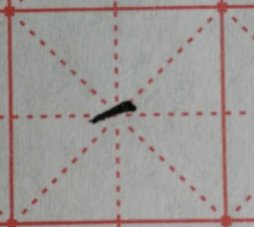
2. Vertical painting
1. Hanging out
Pause, then stroke downwards, pausing slightly at the end
Reference fonts: non, xia, wood
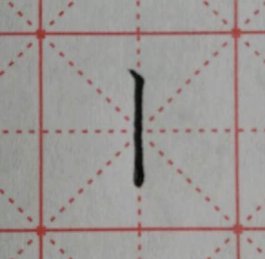
2. Hanging needle vertically
After pausing, draw the pen downwards, lift it up as you go, and then close the pen.
Reference font: medium, boundary, ten
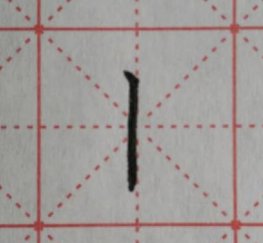
3. Short, medium and vertical
With the pen hanging vertically and the pen hanging vertical, there is no need to draw the pen forward, just lift the pen off the paper, but the speed of lifting the pen off the paper must be fast.
Reference font: Shi, up
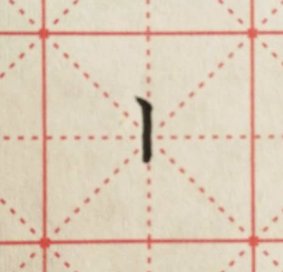
3. Sketching
1. slant
Pause the pen, stroke downward to the left, lift it up as you go, and gradually draw it out when you reach the end.
Reference font: force, ten thousand, in
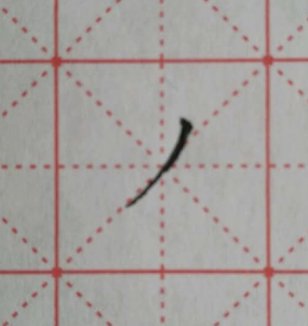
2. vertical tilt
Pause your pen, first stroke it down to the middle, then down to the left, and gradually draw it out
Reference font: husband, big
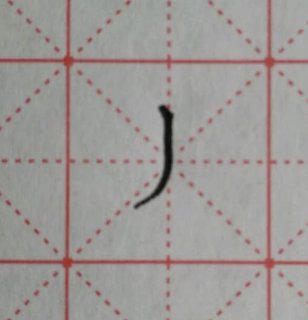
3. Short slant
The use of the pen is basically the same as slanting, but the writing process is very short. The starting point of the pen must be concealed, and the closing of the pen must be decisive.
Reference font: year, birthday
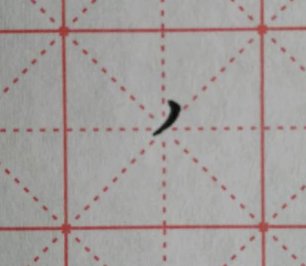
4.Short flat skid
The pen is written obliquely, with a flatter direction.
Reference font: Hu, hand
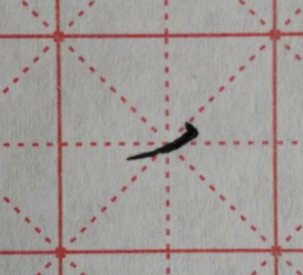
4. Painting
1. slant
Go down to the right from light to heavy, pause for a moment, then lift and close the pen
Reference font: enter, text, person
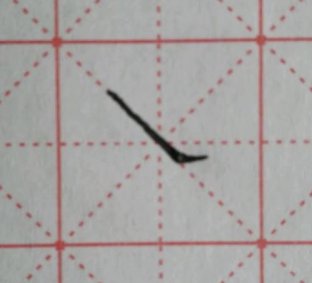
2. flatten
Slightly level, then turn right and go down. After you pause, lift and close the pen.
Reference font: zhi,tong,lian
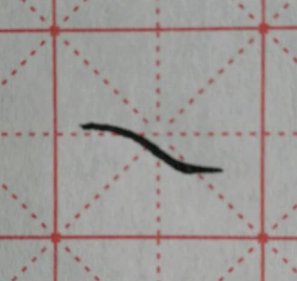
3. Counterattack
Go down to the right from light to heavy, pause briefly
Reference font: no, take
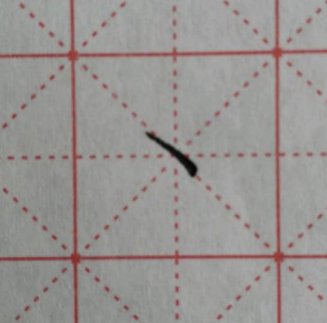
5. Pointillism
1. Inclined point
From light to heavy, just pause
Reference font: Main, Six
2.Horizontal dot
The method of using the pen is the same as the short horizontal stroke, but the process of writing is shorter.
Reference font: Yi, Hu
3. Vertical point
The method of using the pen is the same as hanging the dew and erect, but the process of writing is shorter.
Reference font: Wen, Guan
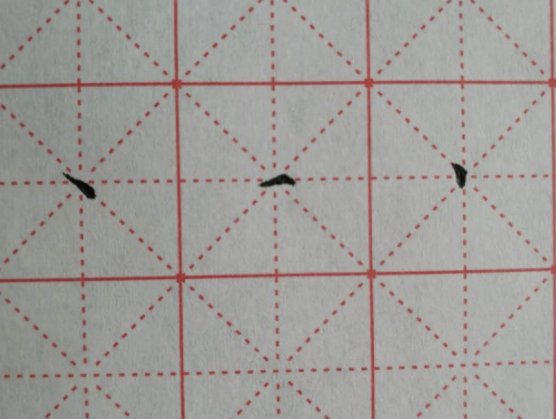
4. Skip the point
The writing method is the same as oblique writing
Reference font: Half, Shang
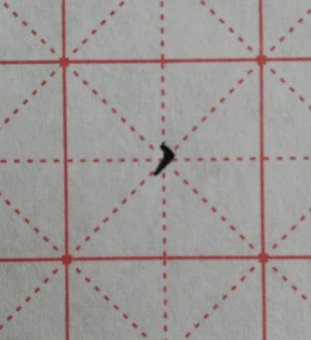
5. Pick something
Take advantage of the momentum and press down, pause for a moment and then push upward to the right.
Reference fonts: Fa, Khan, Han
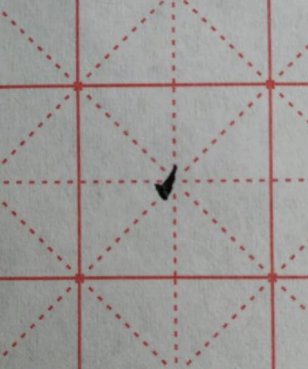
6.Zeng nodded
The left point using the pen method is the same as the oblique point, and the right point using the pen method is the same as the oblique point. The two points should echo each other.
Reference fonts: Shou, Bing, Zeng
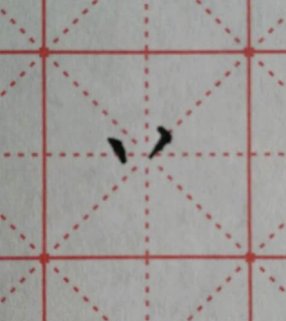
7. Click left and right
The left point exposes the front and the pen starts and closes to the right, the right point returns the front to the left, and the two points echo each other.
Reference font: Er, small
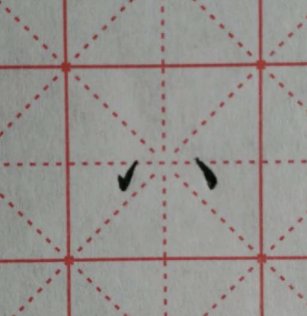
8. Up and down points
The writing method of the two points is the same as the oblique point. The upper point goes downward when the pen is closed, and the lower point is connected when the pen is closed. The two points echo each other.
Reference font: Yu, Zhou, Dong
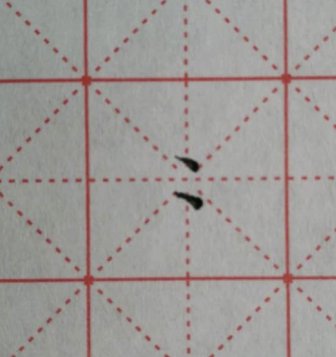
9. Opposite points
The left point using the pen method is the same as oblique writing, and the right point using the pen method is the same as oblique point. Although the written examinations are contradictory, the writing styles still echo each other.
Reference font: its, tool, wing
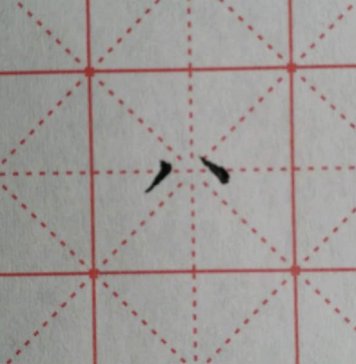
10. Heart word point
The three points may be large or small, square or round, hidden or exposed, with different shapes, and the three points must echo each other.
Reference font: Si, Zhi
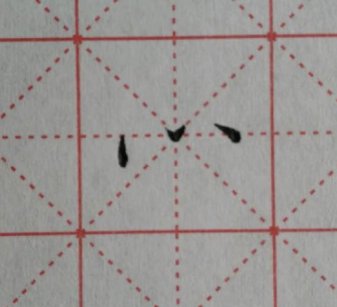
6. Hook painting
1.Horizontal hook
First pause the pen, then lift the pen and move to the right. When you reach the hook, turn the pen and stroke down to the right. Hold the pen to gain momentum, then use force to draw the stroke downward to the left.
Reference font: Emperor, Zong
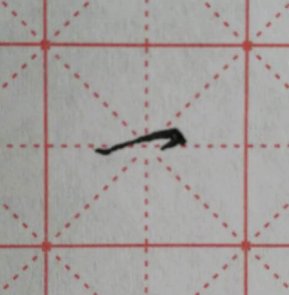
2. vertical hook
Once the pen is drawn downwards, when it reaches the hook, turn the pen upwards. Gather some momentum and draw the stroke to the left with force.
Reference font: Shi, Shi, Shi
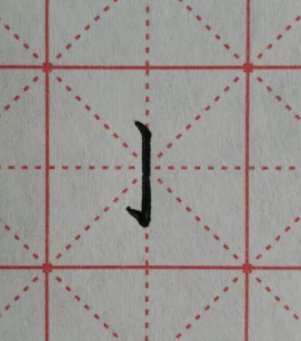
3.Hook
Pause for a moment and turn the pen to move downward, then slow down slightly when you reach the bend, then turn to the right in a circle, pause for a while at the hook to gather momentum, and draw upward with force.
Reference font: first, see
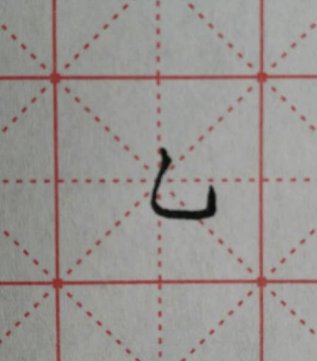
4. Pick hook
Pen stroke down, reach the hook and pick up another pen, turn the pen to the upper right, pull it out with force, and lift the pen while picking it up.
Reference font: table, food
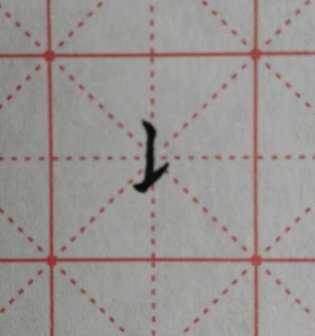
5. Gou Gou
Draw the pen downward to the right, then stroke downward to the right. When you reach the hook, pause for a moment to gather momentum, and then draw the stroke upward to the right with all your strength.
Reference fonts: Xian, Wu
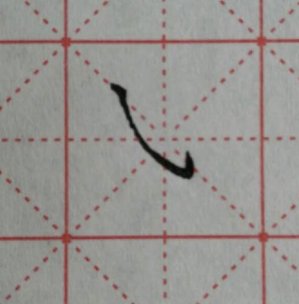
7. Select paintings
After pausing, turn the pen for a moment to gather momentum, and use force to draw out to the upper right.
Reference font: ground, with
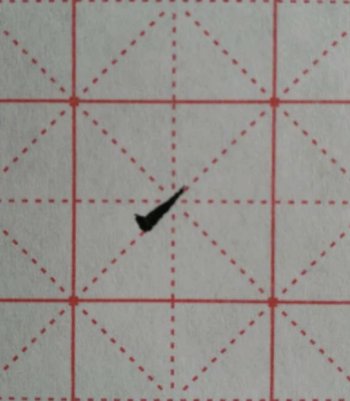
8. Folding paintings
1.Horizontal fold
After a slight pause, fold the pen and move to the right or from light to heavy (depending on your personal habits). Stop for a moment at the fold, lift the pen and move downward, pause for a moment at the end.
Reference font: self, purpose
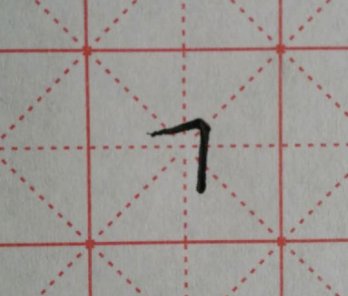
2. Vertical fold
Make a stroke and move downward, then start another stroke at the fold and move to the right.
Reference font: Shan, Ya
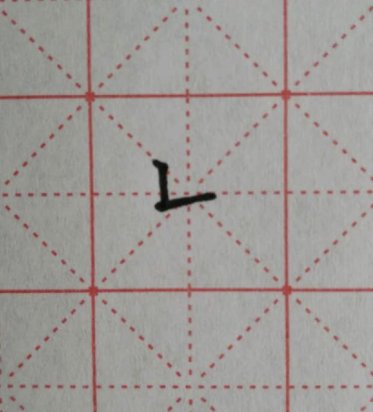
3.Horizontal fold
Go right from light to heavy, lift the pen to the fold, then stop the pen down to the right, turn the pen down to the left, lift the tip and close the pen as you go.
Reference font: name, foreign, multiple
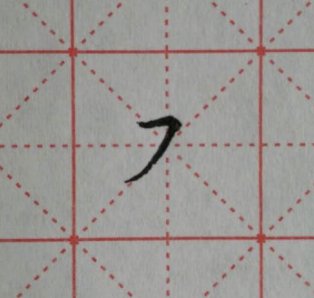
4. discount
Pen down the pen to the right, turn the pen to the left and down, stop for a moment at the fold, fold the pen to the left, raise the tip and close the pen as you go.
Reference font: Taiwan, can
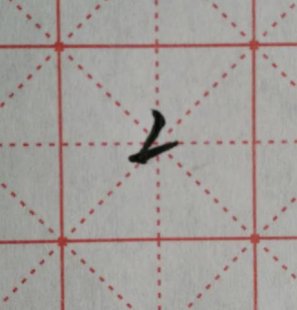
5. Oblique fold
Stop the pen to the right, turn the pen to the left and go down, lift the pen as you go; when you break the pen at the bend, pick up the pen again, go down to the right, and stop the pen at the end.
Reference font: female, such as
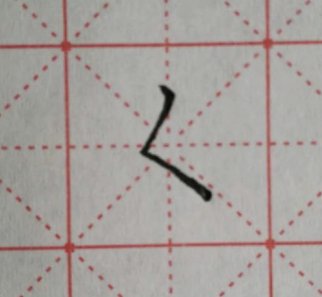
6. Diagonally folded
Move the pen down to the right, then move down to the left. When you reach the fold, fold the pen and move to the right.
Reference font: mother, every
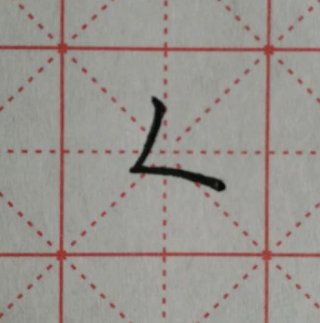
7. Corner fold
Lower the pen to the left, then turn the tip and move to the right. When you reach the fold, lift the tip and tap the pen to the left, then lift the tip and close the pen as you move.
Reference fonts: Zi, Cheng, Ji
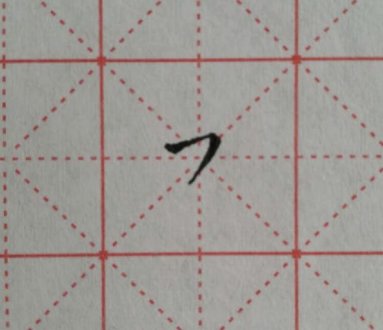
Stroke practice should be done together with fonts, because putting it into a character will allow us to better understand the shape of the strokes.
But if we want to practice strokes alone, we can be more refined. If we want to practice strokes alone, we can choose our toddler stroke practice template.

I hope this painting article can be helpful to those of you who are new to calligraphy practice.








